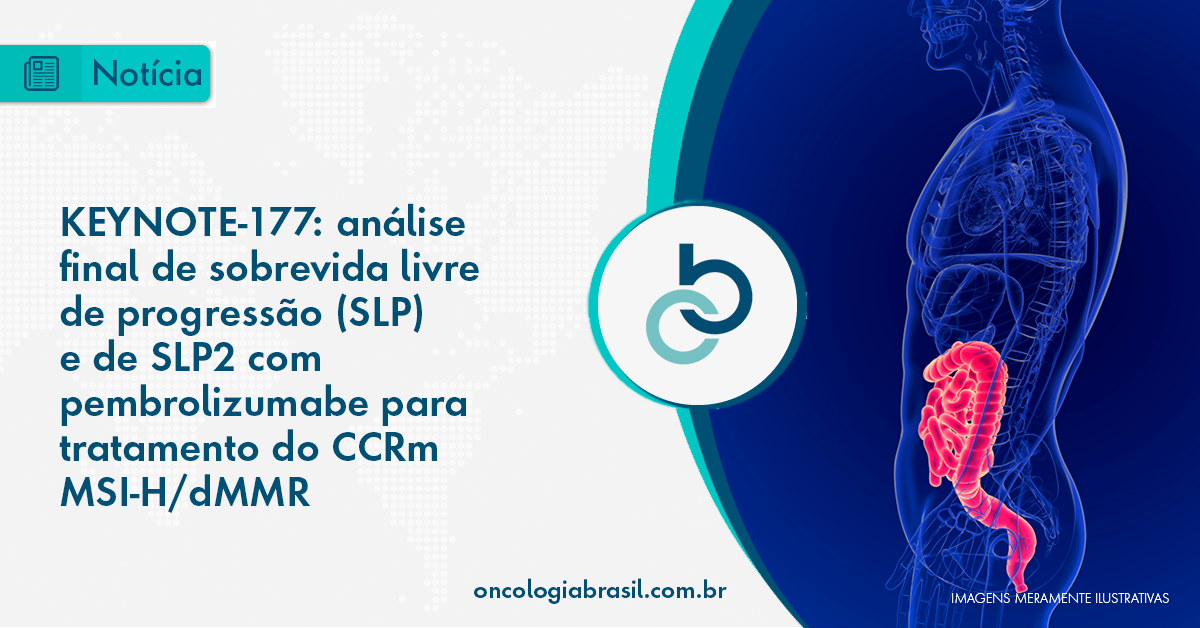

Blinded independent central reviewers evaluated outcomes using the Response Evaluation Criteria in Solid Tumors (RECIST) version 1.1.
#Keynote 177 trial#
The trial had 2 primary endpoints: progression-free survival (PFS) and overall survival (OS). Patients in the chemotherapy arm had the option to cross over to the pembrolizumab arm upon centrally verified disease progression.
#Keynote 177 plus#
Chemotherapy consisted of the investigator’s choice of leucovorin, 5-fluorouracil, and oxaliplatin (FOLFOX) or leucovorin, 5-fluorouracil, and irinotecan (FOLFIRI), plus bevacizumab or cetuximab, administered in 2-week cycles. 3-5 Pembrolizumab was administered at 200 mg every 3 weeks for up to 35 cycles. 1,2 The open-label phase 3 KEYNOTE-177 trial compared pembrolizumab vs chemotherapy as first-line therapy in 307 patients with MSI-H/dMMR stage IV CRC. This agent has demonstrated activity among patients with colorectal cancer (CRC) and other tumor types that are microsatellite instability–high (MSI-H) or mismatch repair–deficient (dMMR). Pembrolizumab is a monoclonal antibody that binds to programmed death 1 (PD-1). doi:10.1200/JCO.2021.39.15_suppl.A Review of Selected Presentations From the 2021 ASCO Annual Meetingįinal Overall Survival for the Phase III KN177 Study: Pembrolizumab Versus Chemotherapy in Microsatellite Instability–High/Mismatch Repair Deficient Metastatic Colorectal Cancer Final overall survival for the phase III KN177 study: pembrolizumab versus chemotherapy in microsatellite instability-high/mismatch repair deficient (MSI-H/dMMR) metastatic colorectal cancer (mCRC). Read more of Cancer Therapy Advisor’s coverage of the 2021 ASCO Annual Meeting by visiting the conference page.Īndre T, Shiu K-K, Kim TW, et al.
#Keynote 177 full#
Please see the original reference for a full list of authors’ disclosures. Some study authors declared affiliations with biotech, pharmaceutical, and/or device companies. “Pembrolizumab should be the new standard of care for these patients.”ĭisclosure: This research was supported by Merck & Co., Inc. “embrolizumab provided a statistically significant improvement in PFS versus chemo as first-line therapy for MSI-high metastatic colorectal cancer, with … less treatment-related events and better quality of life,” Dr Andre said. Grade 3 or higher TRAEs were observed in 21.6% of patients in the pembrolizumab arm and 66.4% of patients in the chemotherapy arm. The median duration of response was not reached in the pembrolizumab arm and was 10.6 months in the chemotherapy arm.įewer treatment-related adverse events (TRAEs) occurred in the pembrolizumab arm (79.7%) compared with the chemotherapy arm (98.6%). The ORR in the chemotherapy arm was 33.1%, which included 6 CRs and 45 PRs. The confirmed overall response rate (ORR) for pembrolizumab was 45.1%, which included 20 complete responses (CRs) and 49 partial responses (PRs).

The 36-month PFS2 was 60% and 39%, respectively. The median PFS2 (time from randomization to progression on next line of therapy or death from any cause) was 54.0 months in the pembrolizumab arm and 24.9 months in the chemotherapy arm (HR, 0.61 95% CI, 0.44-0.83). The 36-month PFS was 42% and 11%, respectively. The median PFS was superior in the pembrolizumab arm compared with the chemotherapy arm - 16.5 months and 8.2 months, respectively (HR, 0.59 95% CI, 0.45-0.79). The 36-month OS rate was 61% and 50%, respectively. The median OS was not reached in the pembrolizumab arm and was 36.7 months in the chemotherapy arm (hazard ratio 0.74 95% CI, 0.53-1.03 P =.0359). This may have been due to the high crossover rate, according to the researchers. An additional 37 patients (24%) received other anti-PD-1/PD-L1 therapy outside of the study, so the effective crossover rate was 60% in the intent-to-treat population.Īt the final analysis, there was a trend toward reduced mortality with pembrolizumab, but statistical significance was not met. There were 56 patients (36%) who had crossed over from the chemotherapy arm to the pembrolizumab arm. The median follow-up for the pembrolizumab and chemotherapy arms was 44.5 months and 44.4 months, respectively. The data cutoff for the final analysis was February 19, 2021. Patients in the chemotherapy arm who had confirmed progressive disease were allowed to cross over to the pembrolizumab arm. Chemotherapy regimens included mFOLFOX6 (5-fluorouracil, leucovorin, and oxaliplatin), mFOLFOX6 plus either bevacizumab or cetuximab, FOLFIRI (5-fluorouracil, leucovorin, and irinotecan), and FOLFIRI plus either bevacizumab or cetuximab.Ī total of 307 patients were randomly assigned 1:1 to receive 200 mg of pembrolizumab every 3 weeks for up to 2 years or chemotherapy once every 2 weeks.


 0 kommentar(er)
0 kommentar(er)
